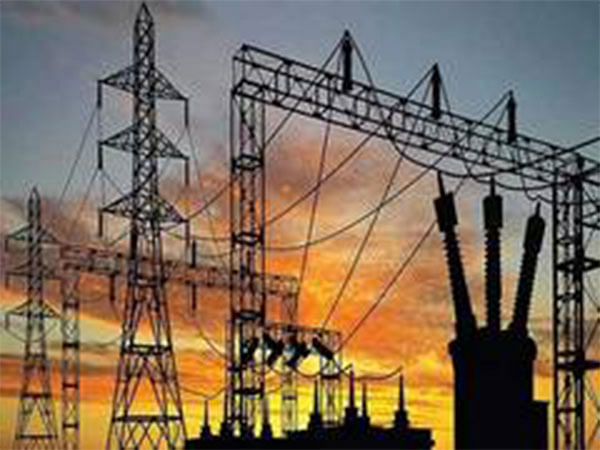Paris [France], July 20 (ANI/WAM): The world’s demand for electricity is rising at its fastest rate in years, driven by robust economic growth, intense heatwaves and the increasing uptake of technologies that run on electricity such as EVs and heat pumps, according to a new report by the International Energy Agency (IEA).
At the same time, renewables continue their rapid ascent, with solar PV on course to set new records.
Global electricity demand is forecast to grow by around 4 per cent in 2024, up from 2.5 per cent in 2023, the IEA’s Electricity Mid-Year Update finds. This would represent the highest annual growth rate since 2007, excluding the exceptional rebounds seen in the wake of the global financial crisis and the COVID-19 pandemic.
The strong increase in global electricity consumption is set to continue into 2025, with growth around 4 per cent again, according to the report.
Renewable sources of electricity are also set to expand rapidly this year and next, with their share of global electricity supply forecast to rise from 30 per cent in 2023 to 35 per cent in 2025.
The amount of electricity generated by renewables worldwide in 2025 is forecast to eclipse the amount generated by coal for the first time.
Solar PV alone is expected to meet roughly half of the growth in global electricity demand over 2024 and 2025 – with solar and wind combined meeting as much as three-quarters of the growth.
Despite the sharp increases in renewables, global power generation from coal is unlikely to decline this year due to the strong growth in demand, especially in China and India, according to the report. As a result, carbon dioxide (CO2) emissions from the global power sector are plateauing, with a slight increase in 2024 followed by a decline in 2025.
However, considerable uncertainties remain: Chinese hydropower production recovered strongly in the first half of 2024 from its 2023 low.
If this upward trend continues in the second half of the year, it could curb coal-fired power generation and result in a slight decline in global power sector emissions in 2024.
Some of the world’s major economies are registering particularly strong increases in electricity consumption. Demand in India is expected to surge by a massive 8 per cent this year, driven by strong economic activity and powerful heatwaves.
China is also set to see significant demand growth of more than 6 per cent, as a result of robust activity in the services industries and various industrial sectors, including the manufacturing of clean energy technologies.
After declining in 2023 amid mild weather, electricity demand in the United States is forecast to rebound this year by 3 per cent amid steady economic growth, rising demand for cooling and an expanding data centre sector.
By contrast, the European Union will see a more modest recovery in electricity demand, with growth forecast at 1.7 per cent, following two consecutive years of contraction amid the impacts of the energy crisis.
In many parts of the world, increasing use of air-conditioning will remain a significant driver of electricity demand. Multiple regions faced intense heatwaves in the first half of 2024, which elevated demand and put electricity systems under strain, the report finds.
“Growth in global electricity demand this year and next is set to be among the fastest in the past two decades, highlighting the growing role of electricity in our economies as well as the impacts of severe heatwaves,” said Keisuke Sadamori, IEA Director of Energy Markets and Security.
“It’s encouraging to see clean energy’s share of the electricity mix continuing to rise, but this needs to happen at a much faster rate to meet international energy and climate goals. At the same time, it’s crucial to expand and reinforce grids to provide citizens with secure and reliable electricity supply – and to implement higher energy efficiency standards to reduce the impacts of increased cooling demand on power systems.”
With the rise of artificial intelligence (AI), the electricity demand of data centres is drawing increased attention, underscoring the need for more reliable data and better stocktaking measures.
The report highlights the wide range of uncertainties concerning the electricity demand of data centres, including the pace of deployment, the diverse and expanding uses of AI, and the potential for energy efficiency improvements.
Better collection of electricity consumption data of the data centre sector will be essential to identify past developments correctly and to better understand future trends. (ANI/WAM)
This report is auto-generated from ANI news service. ThePrint holds no responsibility for its content.



